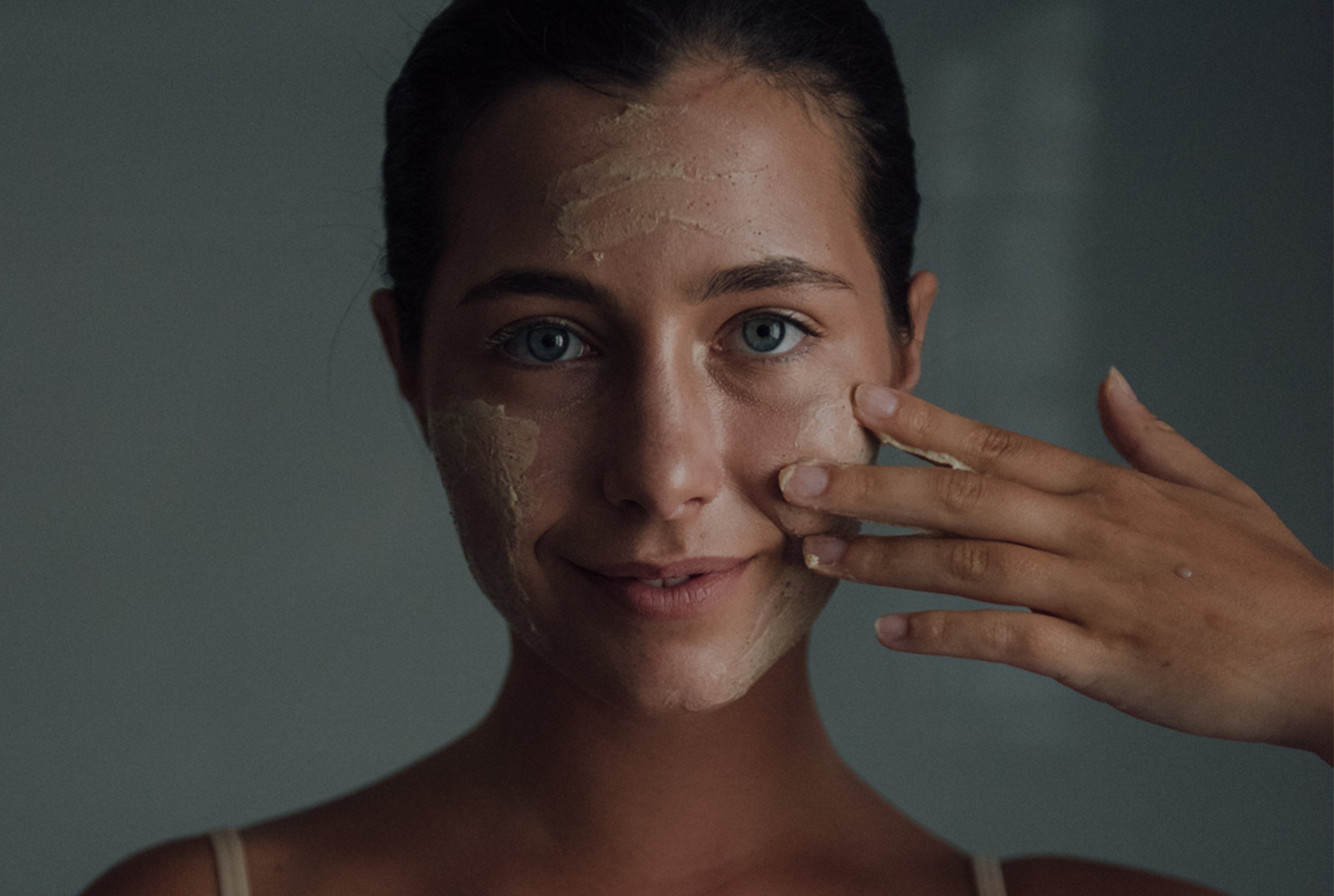Exfoliation and The Skin Microbiome
Now that we’ve pushed past the extreme dermatological peels and mild enzyme masks or lower percentage lactic and hydroxy acids are readily available, it’s easy to get carried away. People have seen major improvements in their skin texture, tone, and clarity from regular exfoliation with peel pads or an exfoliating toner, so why not put this practice in overdrive?
Because it will have the opposite effect, that’s exactly why not. When we over-exfoliate, we surpass the helpful nudge we offer our skin cells to shed, turn over, and regenerate, and instead damage healthy, new cells revealed by our previous exfoliation efforts.
This can result in red, raw tender, and exposed skin. When we damage layers of new skin cells, we aren’t encouraging baby-fresh skin below the surface. Unfortunately, that’s just not how the epidermis works. But it’s more than just our cells. The surface of our skin also has a very important layer that we rarely talk about when it comes to skincare: its very own microbiome.
When we see products that tout ingredients, actives, and technology that supports the “skin barrier,” the microbiome is what that is referring to. The microbiome is, much like the microbiome in our guts, a lining of beneficial bacteria, but also includes fungi and vi. This thin layer of microorganisms acts like a gatekeeper to harmful bacteria, pathogens, toxins from the environment, and other substances like dirt and grime.

Exfoliation in general does break down this microbiota. While this is safe to do minimally, as any remaining bacteria can quickly repopulate to protect its host, over-exfoliation will decimate the microbiota and leave the now raw skin unprotected. This can result in rashes, skin afflictions such as dermatitis and eczema, breakouts, dry, chapped, and flaky skin, overly oily skin (which is a cry for help!), and even infections.
Over-exfoliation is easy to do with both mechanical exfoliates as well as enzymatic or chemical. Mechanical exfoliation is when we use a scrub— think pink salt, sugar, small natural silica beads, a muslin cloth, and anything that buffs the surface of the skin. Anything super tough and uneven is definitely not recommended, and we like to hope we have all evolved past the drugstore brands that contain walnut and apricot shell shrapnel…
Chemical or enzymatic exfoliants are usually in a liquid or gel form. They can be peel pads, a toner, a mask, or even a cream. Look for ingredients with fruit enzymes, alpha hydroxy acids also known as AHAs (lactic and glycolic are the most popular), and beta hydroxy acids, known as BHAs.

These acids can come in many different concentrations, meaning they can be weaker and ok for daily use, slightly stronger and preferred for a few times to once a week, or very strong, and recommended monthly or every 6 weeks, or even less.
It’s important to heed the suggestions on the label to avoid damaging the skin barrier. While we want to break down dirt, grime, and dead skin, we also want to preserve our beautiful, living skin barrier!
Written by Nicole Lesmeister
More Subject:Matter
Come for the lipstick, stay for the laughs. Think of this podcast hosted by David Pirrotta—an industry veteran who has helped build 76 brands (and counting!)—as Waze for the beauty-obsessed, helping you navigate the ever-evolving world of makeup, hair, skin, wellness, and more. Full of twists, turns, and plenty of laughs, every episode takes you on a BS-free journey and keeps you ahead of the curve.
Read more
